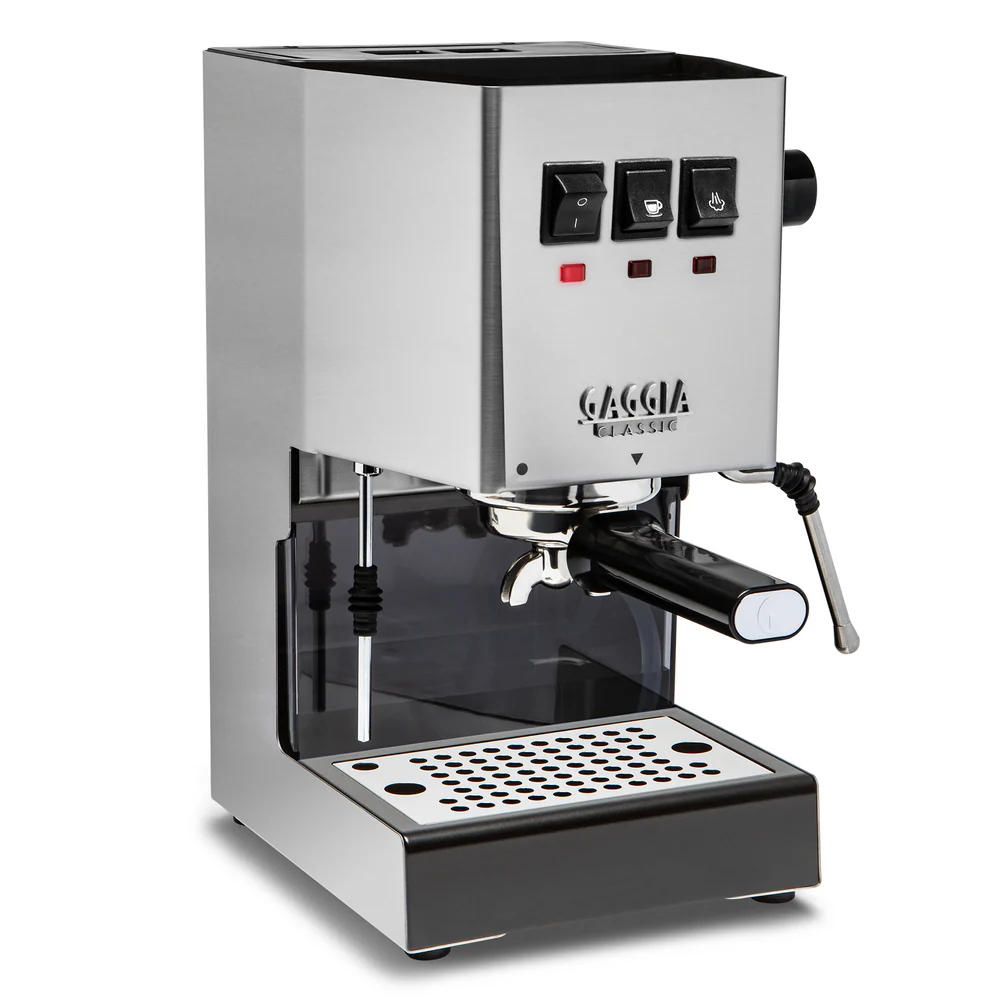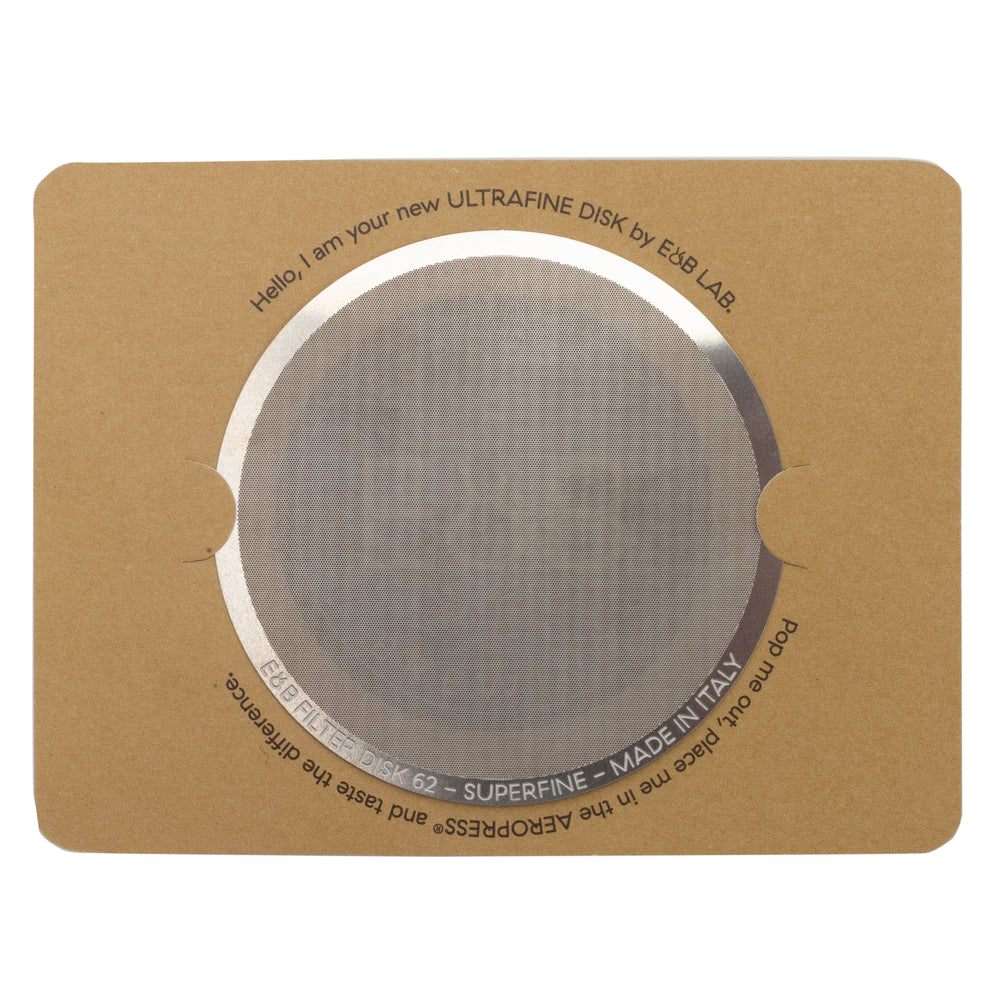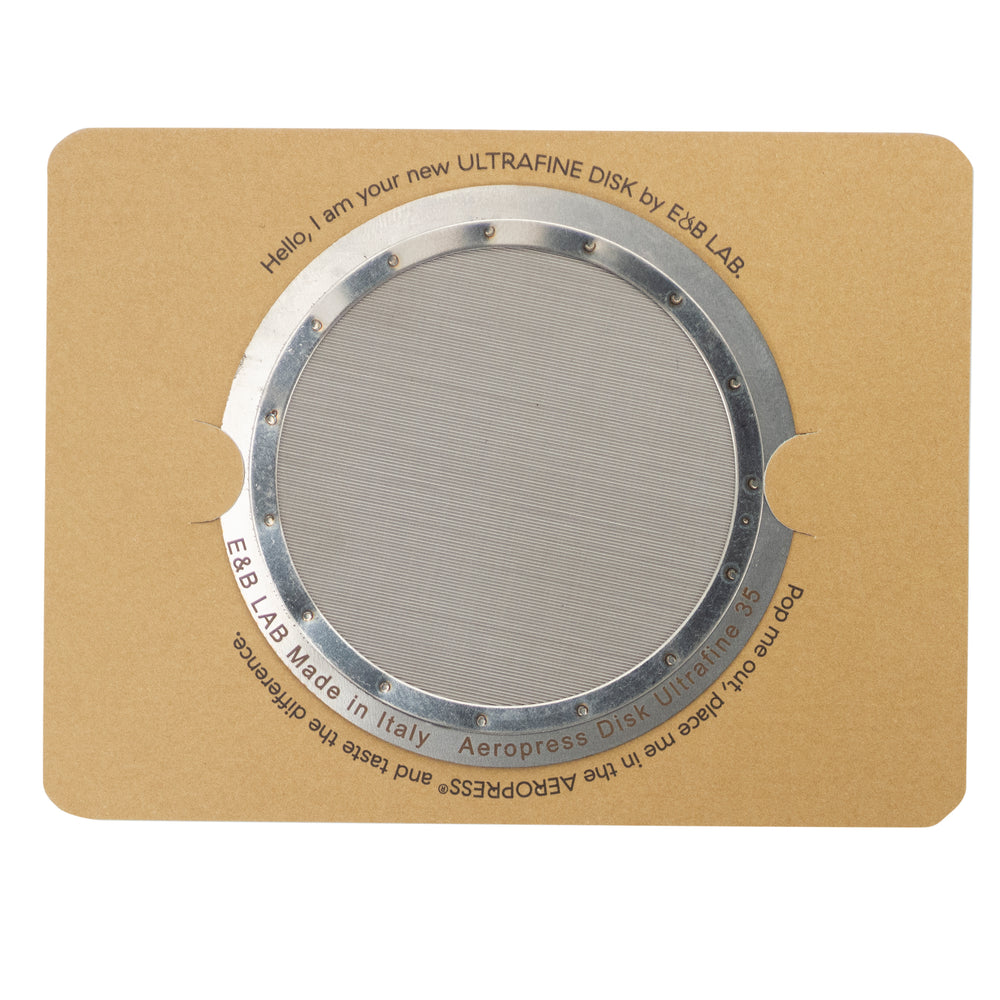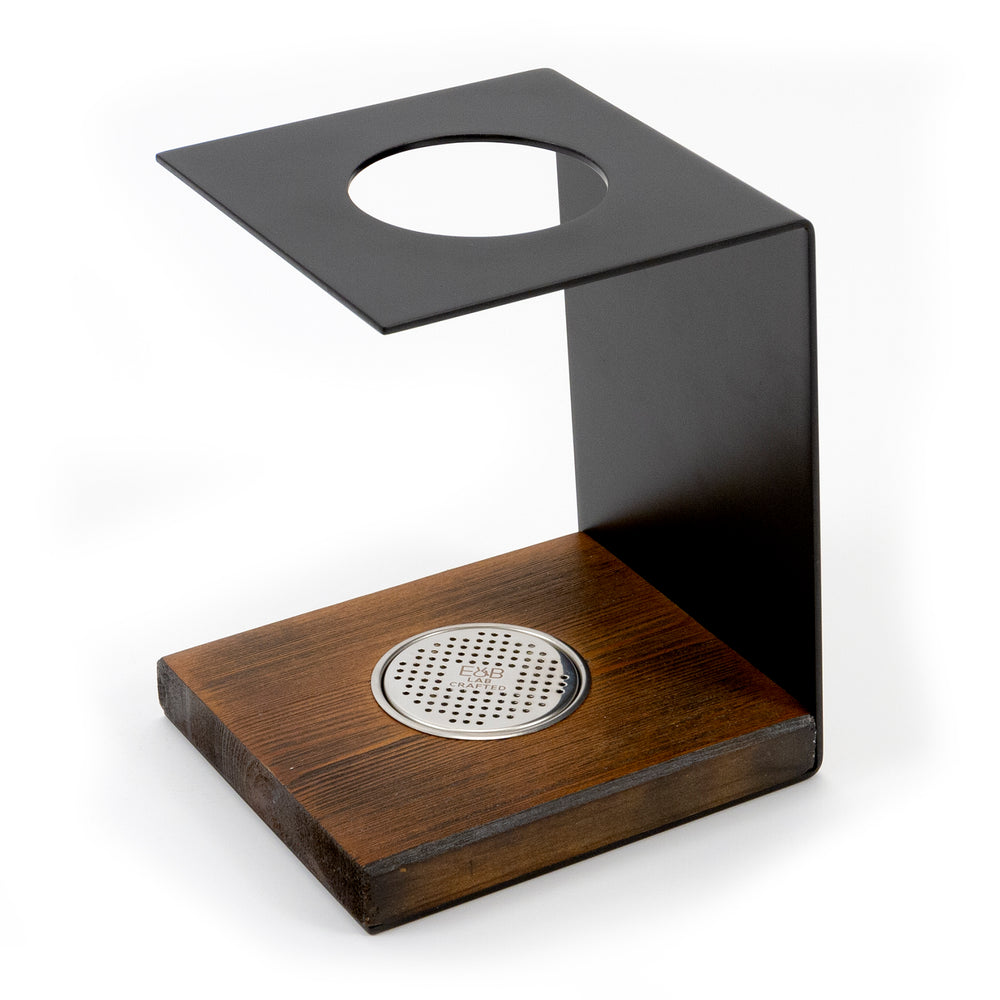Updated for 2022
The AeroPress definitely turns some heads. Although it looks better suited for use on the set of Breaking Bad or Grey’s Anatomy and was developed by a sports toy company, don’t let that scare you out of trying it. This brewer is adored by the coffee community, and for good reason. At just under thirty bucks it’s extremely affordable, easy to use, and is a flexible way to experiment with coffee.
So, what is AeroPress and how is it different from something like French press or pour over? Well, for starters it uses a paper filter like the pour-over method and a plunger like a french press, but that’s pretty much where the similarities end; aside from the fact they all brew coffee, that is. These are just surface-level details you should know about the AeroPress, but let’s get more specific.

What Is AeroPress
As briefly mentioned above, an AeroPress is a device used to quickly and easily brew coffee. The AeroPress is compact and portable so you can toss it in your car just as easily as tossing it in the cupboard. To brew coffee, the AeroPress just needs some ground coffee, hot water, and a filter to do its thing. The carafe portion of the press is filled with coffee and water, which is where the steeping and brewing happens. The plunger is used to force the water/brewed coffee out through the filter screen and into your cup.
It’s a great alternative to traditional drip coffeemakers and is especially attractive for coffee drinkers who are on a budget.
How to use an AeroPress

- Heat 200g of water to 200 degrees.
- Insert a paper filter into the perforated cap. As with pour over you’re going to want to pre-wet the filter to remove any paper residue and heat up the brewer.
- After making sure your AeroPress is entirely dry, assemble it.
- There are two ways to use the AeroPress: upright or inverted. Note: The upright brew method is less popular because it allows some under-extracted coffee to drip through during brewing. Instead, most users invert their AeroPress and flip it right-side-up when the brewing process is complete.
- Place the inverted AeroPress on top of a kitchen scale; tare it; add 16g - 20g of the coffee ground slightly finer than sea salt.
- Set a timer for 1 minute.
Prep time’s over; time to brew!
- Submerge the grounds and stir to ensure they’re entirely covered. Let sit for 30 seconds before adding the remainder of the water and screwing on the cap.
- When the minute’s up, flip the AeroPress upright over a cup and slowly depress the plunger using the weight of your hand. Note: Here you’ll be able to tell whether or not to make adjustments to your grind. If it’s too easy, the grind is too coarse; too hard and it’s too fine.
- Remove the cap and fully depress the plunger to dump the puck.
- The end result in your cup is going to be pretty concentrated; you can cut it with hot water or milk. Contrary to the boxes’ claim it’s not really espresso--as it isn’t brewed under 9 bar of pressure, but it is definitely one strong cup of coffee.
What is the AeroPress Inverted Method?

The inverted method has a lot of fans within the coffee community. This is done by fitting the plunger into the carafe and turning the AeroPress over (inverting it) without the filter in place. You then fill the carafe with your ground coffee and water. This method prevents any coffee or water from seeping through the filter like it normally would in its standard configuration.
Using the inverted method allows for the coffee grounds to be totally immersed in the water and as a result, you can experiment with coarser grinds because you are able to increase your contact time to however long you feel like. Before flipping and plunging, you'll want to push out any air in the carafe. We encourage you to experiment with both styles of AeroPress brewing to determine which works best for you.
Can AeroPress Make Espresso or Cold Brew?
Short answer: Kind of.
The AeroPress can brew a regular cup of coffee, a concentrated "shot," and cold brew if used properly. If you add hot water to your shot, you can even make something close to an Americano with your AeroPress, but it’s all about the method and variables you use when making your morning Joe. If you’re looking to make a true espresso rather than an “espresso-style” coffee, you might want to go with an espresso machine.

$449.00
Aeropress Espresso
How would you make something resembling espresso with your AeroPress? Well, let's go over some of the variables. First, you'll want a much finer grind than you would typically use for drip style coffee. Second, you'll want to use considerably less water. Third, you should get your hands on a metal filter screen to use instead of the traditional paper ones. Aerobie themselves admit that by the widely accepted definition of espresso, their brewer cannot make it.
So let's go over the variables and our recommendations a bit. The finer grind is to help create more back pressure to resist the flow of the water and it will increase the surface area of your ground coffee. Espresso is a low volume brew method, so you won't need as much water as a traditional cup of coffee, though topping off your "espresso" with hot water will get your something close to an Americano. Lastly, a metal filter screen will not trap as many oils and dissolved solids as paper, so the body of your coffee will be closer to espresso in that regard as well.
A fine metal screen will trap grinds while allowing more coffee oils to flow through the filter.
Espresso machines are engineered to brew coffee in a pressurized environment. The seal in the brew group allows pressure to be exerted on the coffee far in excess of standard atmospheric pressure. The supersaturation of liquid coffee with CO2 released from the grinds is what results in the signature "crema" that defines espresso today. That said, if you’re not strict on getting a “proper” espresso then you’ll be happy with the results of the AeroPress.

The Complete Guide to Espresso Machines
Brewing a Basic Double Shot
If you want to experiment with "espresso brewing" on your AeroPress, here are some basic measurements to get you started for a 1:2 ratio.
- Heat 1 L of water to 200° Fahrenheit
- 18g of espresso fine coffee in
- 36g of liquid coffee out
Remember that a longer steeping time will mitigate acidity on particularly fresh and bright coffees. Espresso is intense, so you can top off your shot with hot water if it's unpalatable. I used 60g of liquid water for steeping at 1 minute. This meant that some water was left over in the AeroPress when I was finished brewing. Steep time will be a big factor in body and flavor because the pressure won't come anywhere near the 9 bar for espresso. Because of this, you will want to use the inverted method to control contact time and you will want to vigorously stir to evenly saturate all of the ground coffee with water.
The last bit of advice is to preheat and elevate your cup if you're brewing into an espresso cup (AKA a demitasse). The AeroPress will not form solid streams like an espresso machine so you need to be ready for coffee splashing. To mitigate this you'll want to have your cup as close to the AeroPress screen as possible while brewing.
Aeropress Cold Brew

A young Nick looks on as an AeroPress makes cold brew.
Similar to cold brewing on methods like the French press, the AeroPress can make pretty basic cold brew coffee concentrate as well. It's important to remember that the AeroPress is a fairly low capacity device, so if you're looking for quantity, you'll want to use something like a Toddy method or a French press to produce cold brew in higher volume. For the AeroPress the method is the same. Fill the carafe with coffee and cold water and steep it in your refrigerator for 12+ hours. The pressure brewed AeroPress coffee will be fairly concentrated so you'll want to top off with cold water to your liking.
For tips on how to make your favorite drink the right way when using an AeroPress, read our blog article What is an AeroPress? Below. What’s great about the AeroPress is that you have an all-in-one brewing device that can take the place of your drip coffeemaker, your espresso machine, and your french press, while saving you tons of space in your kitchen.

What is an Aeropress?
Aeropress Accessories
Our friends at E&B Lab have made a handful of awesome accessories for the AeroPress that can reduce waste, produce different types of coffee, and simplify brewing. The first are their stainless steel filter screens that can be used in place of traditional paper AeroPress filters. Similar to French press screens, the metal doesn't trap as much of the coffee's natural oil as paper, resulting in a richer, more full bodied cup. E&B offer a standard 150 micron screen as an alternative to paper, and a super fine 35 micron screen for ridiculously clean and rich coffee.

$26.99

$31.99
The other accessory from E&B Lab is their drip station. This one-piece steel drip station has a wood base and a hole cut in the top that can support both pour-over drippers and an AeroPress. Just fit your cup or carafe underneath and press to your heart's content.



